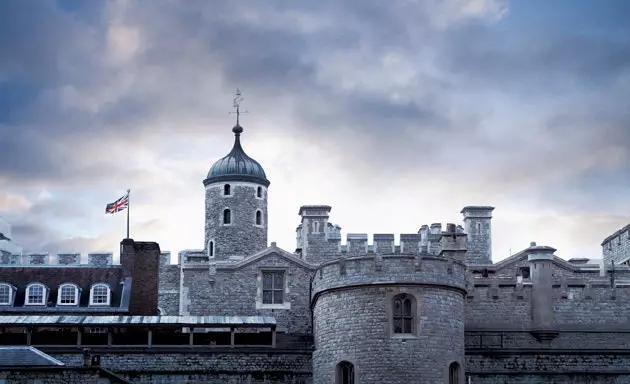
The Tower of London, full of gruesome and bloody stories
Beyond the scenes of the murders of prostitutes in Whitechapel, what really interests us here is Alan Moore's description of London in the fourth chapter of the comic. The history of the city unfolds before its protagonists, inspiring crimes that, More than a century later, they continue to fascinate and horrify the entire world..
We start the route at ** Christ Church in Spitalfields **. In Victorian times its needle-obelisk stood out against the filth and perversion of the East End, today it rises up among a sea of hipsters and locals with 'rollaco' (Gontzal Largo already said it here). For Moore, this church is ** the masterpiece of Hawksmoor **, an 18th-century architect who was inspired by Greek and Roman temples and who filled his buildings with reminiscences of paganism. His shadow is cast across the temple in a sinister and evil though chances are if we walked into the church now we'd find a rosy-cheeked pastor sharing tea and cookies with his parishioners after his sermon, which would break the mood a bit. dark atmosphere in which we were embedded.
Beside him, Ten Bells is the only surviving tavern from the time of the Whitechapel murders . Not much has changed since the years when it was frequented by prostitutes (including some of the Ripper victims) and local drunks. And, of course, it has nothing to do with the cool places that have opened around Brick Lane or the remodeled Spitalfields market.
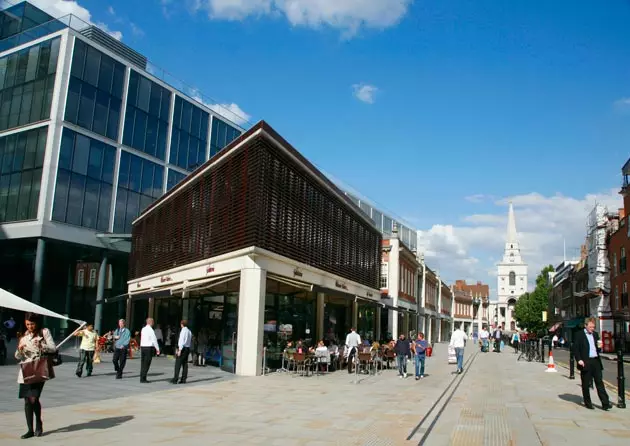
In the foreground the market, in the background the Christ Church of Spitalfields
This market, located in front of the Christ Church, is a must-see on any shopping and modern route (nothing to do with what it was at the end of the 19th century). Walking under its beautiful and restored arcades, it is hard to remember that, a few meters away, is Crispin Street (formerly Dorset), popularly known as “worst street in london” . A powerful exercise of abstraction is necessary to imagine what that neighborhood was like more than a century ago, in whose streets people lived crowded together in conditions that surpass in horror any gothic story. In fact, it was in one of the rooms in Miller's Court, a courtyard with rooms for rent on a side street, that Jack locked himself up for hours with Mary Kelly, his (or not) his latest victim. Those buildings have already been demolished, and the exact location of the crime is now behind a parking lot which, after all, are sordid places in themselves.
Another unavoidable stop is the oldest monument in the British capital , which is 3,500 years old and has traveled a long way to reach the banks of the Thames (although not as long as one of its sister monuments, which is in New York). Cleopatra's Needle is an obelisk that Mehmet Ali, governor of Egypt, gave to the city of London in the 19th century, and which had an eventful journey to the capital, including shipwrecks and dead sailors. Like a time capsule Objects such as a map, photographs, a newspaper and biblical texts were buried at its base (it is believed that the Freemasons were behind this choice).
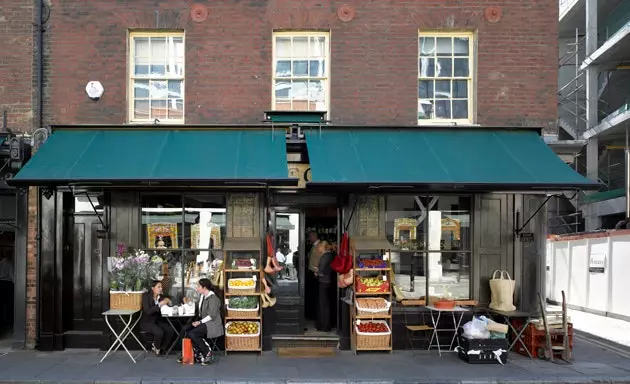
Spitalfields, neighborhood around which the fourth chapter of 'From Hell' revolves
**Among the illustrious guests of the beautiful Bunhill Fields cemetery is William Blake ** (about whom an exhibition can be visited right now in Madrid) : painter, engraver, poet and visionary. The obelisk of Daniel Defoe, the author of Robinson Crusoe, casts a shadow over his grave. Blake has a special role in “From Hell” , but we are not going to reveal which one, to find out you will have to read the work.
Another of the places that have become famous for the death of a legendary being is one of the points located between platforms 9 and 10 of King's Cross station (yes, just like Harry Potter), where the queen of the Iceni died, Boadicea . This Celtic monarch redefined the concept of revenge her when she faced the Romans, finishing with the IX legion and burning the Londinium of the time until leaving it reduced to ashes. After her final defeat, she committed suicide to avoid slavery, carving out a niche for herself in legend as an icon of the disappeared matriarchy.
Continuing with our deadly journey, we arrive at one of the most emblematic buildings in the city. It would be difficult to focus on just one of the illustrious dead of The Tower of London: (allegedly) adulterous queens, unlucky terrorists and child heirs are some of the ghosts that populate it. Built on the tomb of the Celtic god Bran (which means raven in Gaelic), legend has it that the day these birds disappear from around the building, the British monarchy will disappear with them . For this reason, it is quite common to see these birds fluttering around the fortress. The English, always far-sighted, take great care to renew the population.
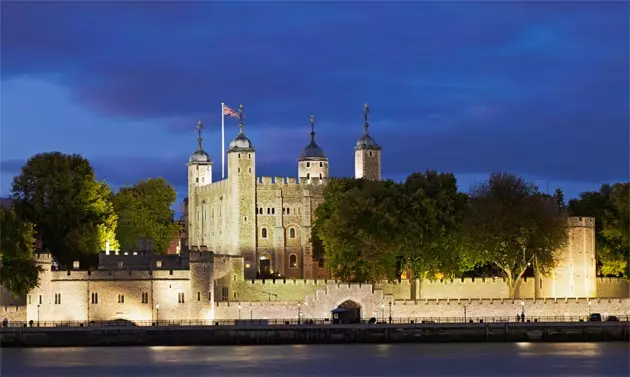
It is common to see ravens hovering over the Tower of London, erected on the tomb of the Celtic god Bran
Alan Moore Also read Saint Paul's Cathedral in a symbolic key : the most misogynistic of the apostles (yes, Paul), humiliated after being expelled from Ephesus by the devotees of the goddess Diana, “chains” her inside the cathedral walls. "Here Diana is chained, the soul of femininity is bound by a web of ancient symbols so that women forget the useless dreams of freedom." And that's how Alan Moore justifies the Jack the Ripper murders, like a reaffirmation of the patriarchy in the face of the threats that came to challenge its power of millennia : feminism, communism and the enemies of Freemasonry. Apparently they achieved their goal.
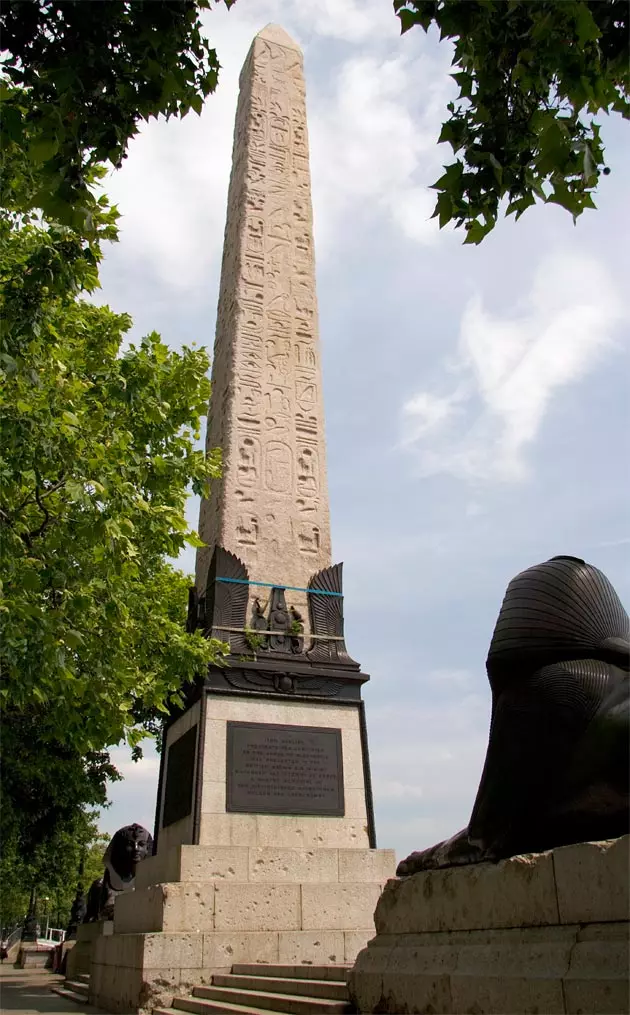
Two sphinxes guard Cleopatra's Needle, the oldest monument in the city
